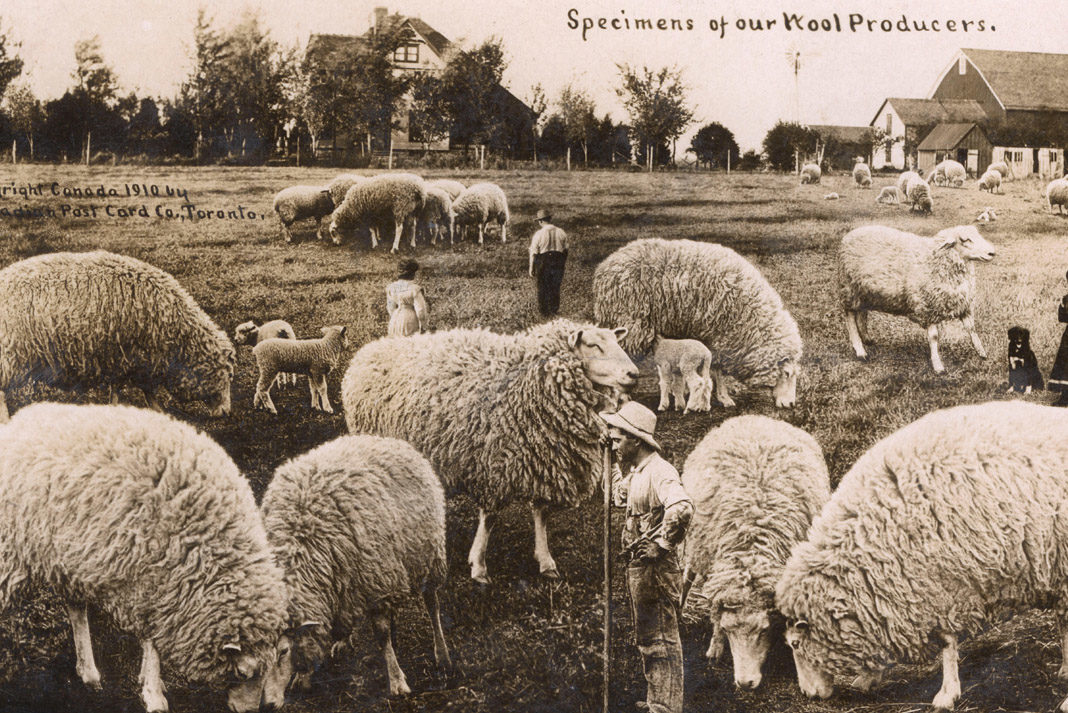Many Associate Wool With Sheep, But Alpacas, Camels And Goats Also Produce Fibers Commonly Twisted Into Yarn And Made Into Textiles. More unusually, cat and dog hair can also be spun into yarn.
1. Clothing and other items made of wool date back millenia, from 3,400-year-old Egyptian yarn to fragmentary textiles unearthed in Siberian graves dating from the first century B.C.
2. Wool Has Always Been A Favorite Of Paddlers
—from fur-trade-era voyageurs to modern lumbersexuals. Wool is naturally antibacterial, helping to prevent odor, and it provides natural insulation thanks to its hollow construction. Wool retains its insulating properties even when wet, making it especially popular with off-season paddlers and campers.
3. Thanks to a high ignition point, wool is naturally fire-resistant. Unlike nylon and polyester, wool does not drip or melt when it catches fire, and it often self-extinguishes. These qualities have made wool attractive to the U.S. Army, firefighters, stunt men and women, and campers alike.
4. The fastest recorded time to shear a mature sheep is 37.9 seconds and held by Ivan Scott, 33, of Ireland. In 2017, Scott shaved 1.41 seconds off the previous six-year-old Guinness World Record, held by Australian shearer Hilton Barrett. Scott previously set the world record in 2012 for the number of sheep sheared in eight hours, shearing 744 lambs.
5. When purchasing a $80 merino wool shirt you might feel fleeced—is merino wool truly the wonder fiber it’s touted to be? Most common in New Zealand, the Merino is a type of sheep prized for its long and fine wool. Generally, the finer the wool, the softer-feeling the garment. As far as we can tell, this is the biggest, objective difference between Merino and other types of wool.
6. The Woolly Bugger Is An Artificial Fly
Widely used for both freshwater and saltwater game fish and considered one of the top patterns to have in any fly box. Conversely, being called a wooly bugger is almost always an insult.
7. Wool is woven into many common idioms, including “a wolf in sheep’s clothing” and “pulling the wool over someone’s eyes.” The phrase “dyed in the wool” refers to an unchanging belief or opinion. Its origin comes from the fact wool dyed before it was woven kept its color better than a wool garment dyed after weaving.
8. Isolated populations of wooly mammoths survived on Alaska’s Wrangell Island until just 4,000 years ago. A team of Harvard scientists is currently working on a de-extiction effort to resurrect the furry beasts through a feat of genetic engineering. They call the mammoth-elephant hybrid they hope to create in 2019 a mammophant.
9. Q: Where did the sheep go to get his wool cut?
A: The baa-baa shop.









